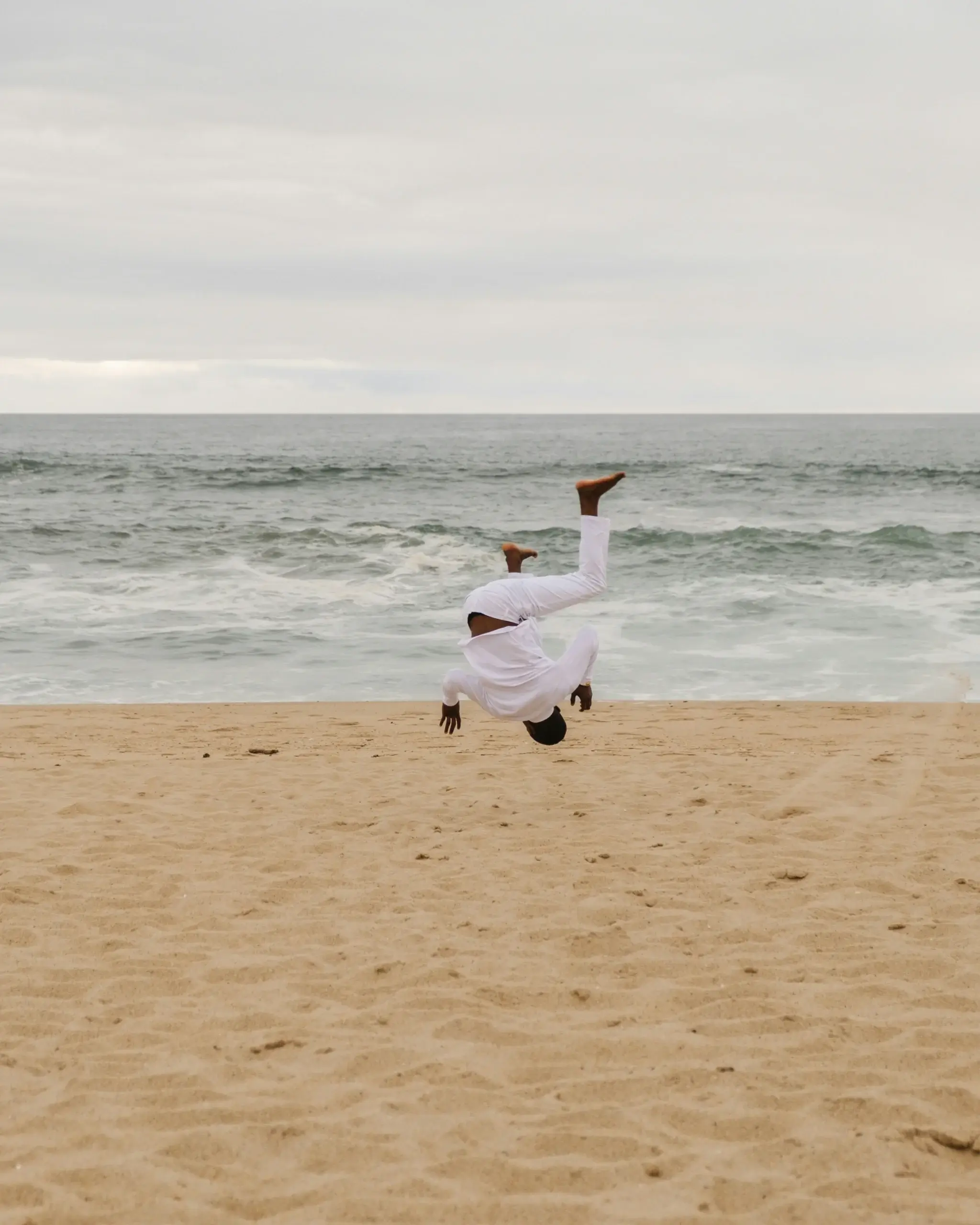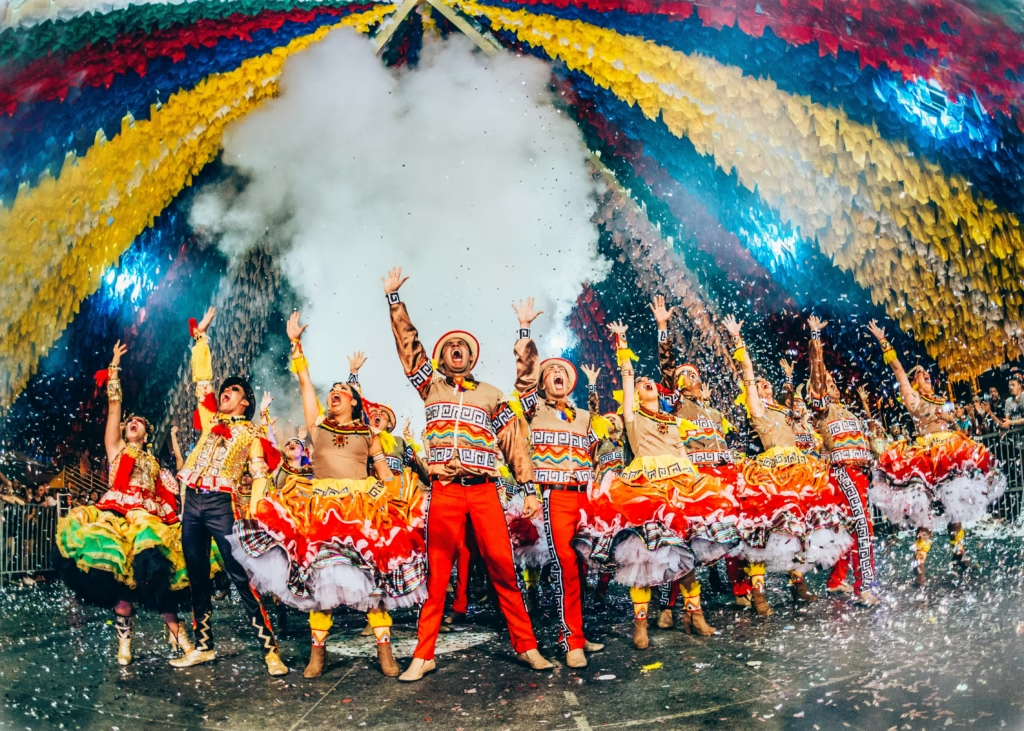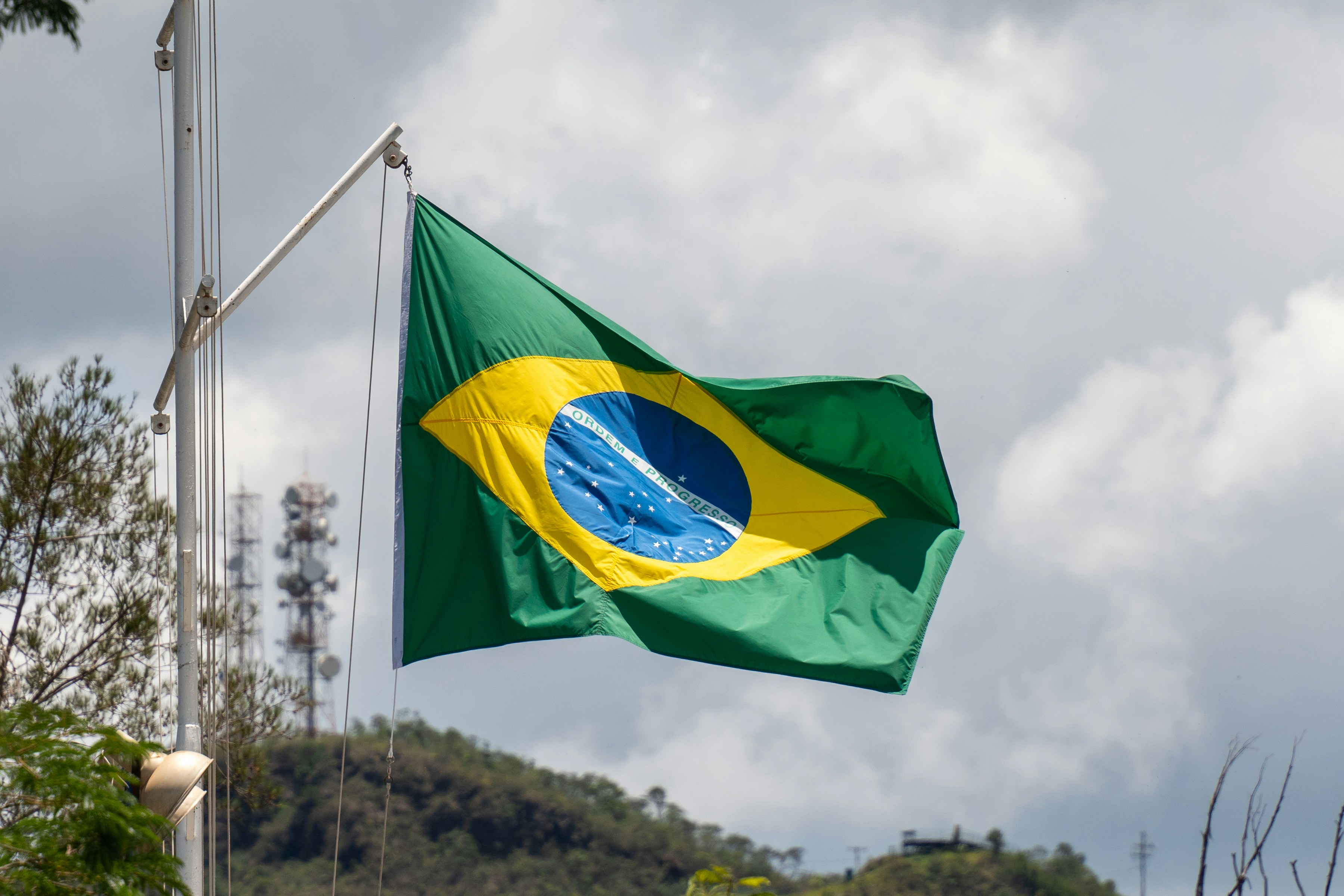Capoeira is a unique Brazilian martial art that combines elements of dance, acrobatics, and music. With its roots deeply embedded in African culture, Capoeira has evolved over centuries, becoming not just a form of self-defense but also a symbol of resistance, freedom, and cultural identity.
The History of Capoeira
The origins of Capoeira can be traced back to the African slaves who were brought to Brazil during the colonial era. These slaves, mostly from West Africa, brought with them their traditions, beliefs, and fighting techniques. Forced to work on sugarcane plantations, they found in Capoeira a way to resist their oppressors.
Initially, Capoeira was disguised as a dance to avoid detection by slave owners and authorities. The slaves would gather in secret and practice their martial art, blending graceful movements with deceptive strikes. The music played during Capoeira sessions not only set the rhythm but also served as a means of communication, conveying messages of freedom and rebellion.
Over time, Capoeira gained popularity among both slaves and freed individuals. It continued to evolve, incorporating influences from various African cultures as well as indigenous Brazilian traditions. With the abolition of slavery in 1888, Capoeira began to emerge from the shadows and was no longer associated solely with the marginalized and oppressed.
The Culture of Capoeira
Capoeira is not just a martial art; it is a vibrant and rich cultural expression. It encompasses music, dance, language, and philosophy, creating a holistic experience for practitioners and spectators alike.
The musical aspect of Capoeira is fundamental. Instruments such as the berimbau, pandeiro, and atabaque create a rhythmic backdrop, setting the pace for the movements. Singing and clapping accompany the music, adding depth and emotion to the performances.
Language also plays a significant role in Capoeira. The songs and chants are sung in Portuguese, often with lyrics that contain hidden meanings and messages. The use of metaphorical language allows for storytelling and the preservation of history and traditions.
Capoeira is also characterized by its acrobatic movements, known as “flores” or flowers. These acrobatics not only showcase the physical prowess of the practitioners but also serve as a means of evasion and defense.
The Significance of Capoeira
Capoeira holds great significance in Brazilian society. It is recognized as an intangible cultural heritage by UNESCO, highlighting its importance as a symbol of national identity and cultural diversity.
Through its fluid and rhythmic movements, Capoeira promotes physical fitness, flexibility, and coordination. It instills discipline, respect, and camaraderie among practitioners, fostering a sense of community and belonging.
Moreover, Capoeira serves as a powerful tool for social inclusion and empowerment. It has been used as a means of rehabilitation for marginalized individuals, providing them with a sense of purpose and belonging. Capoeira schools and academies can be found in communities across Brazil and around the world, offering a safe space for personal growth and development.
Today, Capoeira continues to evolve and adapt to new contexts. It has transcended borders, spreading its influence to countries far beyond Brazil. Capoeira festivals, workshops, and competitions attract participants and enthusiasts from diverse backgrounds, fostering cultural exchange and mutual understanding.
In conclusion, Capoeira is not just a martial art; it is a living embodiment of history, culture, and resilience. Its roots in African traditions, its fusion with Brazilian elements, and its ability to inspire and unite people make Capoeira a truly remarkable and invaluable cultural treasure.




